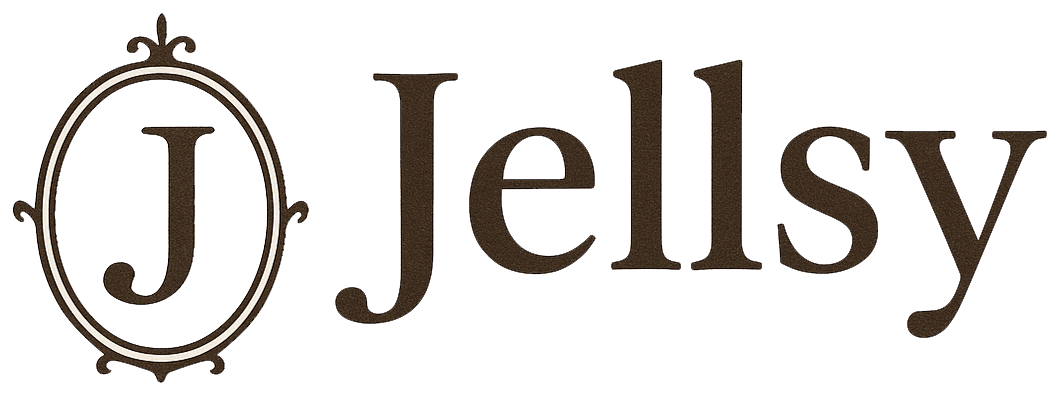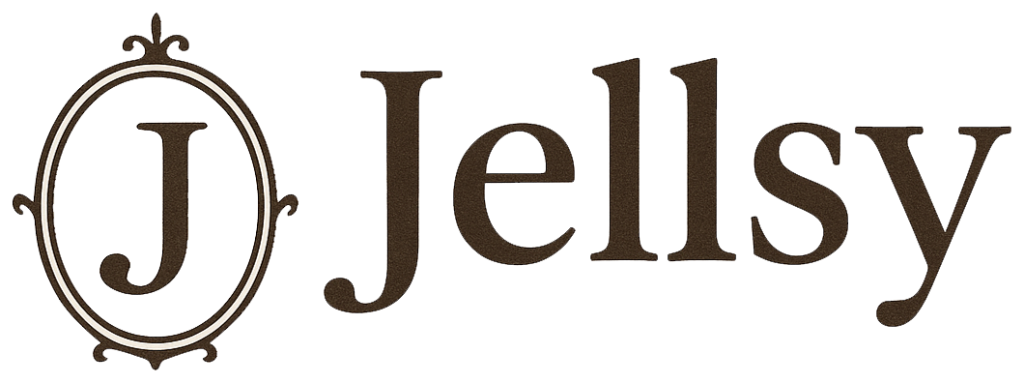No products in the cart.: $0.00
The Evolution of American Workwear: From Utility to Fashion Statement~1000 words
Once purely functional, American workwear has undergone a remarkable transformation—from rugged uniforms of the working class to essential elements of contemporary street and runway fashion. With its origins in the labor forces of the 19th and 20th centuries, workwear was built to endure. Today, its aesthetic has been reimagined by designers, stylists, and tastemakers who value both its practicality and authenticity.
Let’s explore the journey of American workwear from utility to cultural icon, and how brands like Carhartt, Levi’s, and Dickies have evolved to influence global fashion.
Roots in Utility: The Birth of Workwear
The story of American workwear begins with industrialization. As the country expanded westward and factory jobs boomed, there was a growing need for durable, protective clothing for miners, railroad workers, ranchers, and mechanics. Garments were designed with purpose—strong seams, heavyweight fabric, and minimal design.
Denim jeans, made famous by Levi Strauss & Co., were introduced in the 1870s as tough trousers for gold miners. Reinforced with copper rivets, they quickly became a favorite among manual laborers. Around the same time, Carhartt, founded in 1889 in Detroit, began producing sturdy overalls and jackets for railroad workers, emphasizing “honest value for an honest dollar.”
These early garments weren’t meant to be stylish—they were tools, worn until threadbare.
Design Details That Defined an Era
Key pieces of American workwear evolved to meet specific industrial needs:
- Raw denim: Unwashed, untreated denim that molds to the body over time—symbolic of hard labor and personal wear.
- Flannel shirts: Warm, breathable, and rugged enough for lumberjacks and farmers.
- Duck canvas jackets: Wind- and water-resistant cotton jackets, popular among construction workers.
- Coveralls and bib overalls: One-piece designs used by mechanics, welders, and miners for full-body protection.
Pockets were deep and plentiful. Stitching was reinforced. Colors stayed earthy—navy, brown, and olive—partly to hide dirt and grease. These design elements, once strictly utilitarian, have since become intentional style choices.
Cultural Associations: The Working Man as Icon
Workwear soon transcended its blue-collar roots to become a symbol of grit, masculinity, and authenticity. In Hollywood, characters played by actors like James Dean, Marlon Brando, and later Clint Eastwood wore denim and flannel to represent rebellion and rugged individualism.
In music, country, rock, and grunge artists donned workwear as a badge of realism. Bands like Nirvana made flannel shirts and worn jeans synonymous with youth angst and authenticity. For many, wearing workwear signified a connection to working-class values—honesty, effort, and self-reliance.
Streetwear Meets Workwear: A Cultural Collision
In the late 1990s and 2000s, workwear experienced a fashion revival—not in factories, but in skateparks, hip-hop videos, and urban neighborhoods. Young people, especially in cities like New York and Detroit, began wearing brands like Dickies and Carhartt as an ironic nod to toughness and anti-establishment values.
What once protected oil workers now dressed graffiti artists and skateboarders. The durability of workwear became part of its appeal. These were clothes that could be skated in, painted in, lived in—and they looked better with age.
Hip-hop artists also embraced workwear. Wu-Tang Clan, Kanye West, and Travis Scott incorporated denim, canvas, and utility gear into their looks. Suddenly, a Carhartt jacket wasn’t just practical—it was cool.
From Factories to Fashion Weeks
With the rise of heritage fashion, designers began looking backward for inspiration. The focus shifted to craftsmanship, storytelling, and authentic Americana. Fashion-forward consumers embraced the aesthetic of function, often pairing rugged pieces with tailored silhouettes.
Collaborations helped cement workwear’s high-fashion credibility. Carhartt WIP (Work in Progress), the brand’s European line, partnered with labels like A.P.C., Vetements, and Sacai. Similarly, Levi’s collaborated with designers like Virgil Abloh and Junya Watanabe.
Today, workwear staples like utility jackets, chore coats, cargo pants, and raw denim are seen on runways, Instagram feeds, and city streets alike.
Sustainability and the Workwear Ethos
In an era of fast fashion and throwaway trends, American workwear stands apart as a sustainable alternative. These garments are built to last, often improving with age. The concept of “buy less, buy better” fits naturally into workwear philosophy.
Moreover, the vintage workwear market has exploded. Thrift stores and online platforms like Grailed, eBay, and Depop are filled with secondhand Dickies pants, faded Levi’s, and retro canvas coats. For Gen Z and millennials, wearing vintage workwear is a way to express both environmental values and cultural knowledge.
Gender, Identity, and Inclusivity
While traditionally marketed toward men, modern workwear is increasingly embraced by women and non-binary consumers. Brands are releasing gender-inclusive sizing and designs, and stylists are reinterpreting silhouettes in fresh ways.
Women now wear chore coats over silk dresses, or pair heavy-duty boots with oversized flannel shirts. The blending of hard and soft—masculine and feminine—adds versatility and relevance to workwear in today’s fashion landscape.
Global Influence, American Roots
Though rooted in American labor history, workwear’s appeal is now international. In Japan, for instance, brands like Kapital and Visvim reinterpret American silhouettes through artisan craftsmanship. In Europe, workwear is seen as vintage luxury. American icons—Levi’s 501s, Red Wing boots, Carhartt Detroit jackets—have become global symbols of durable style.
Yet despite its global popularity, the spirit of American workwear remains grounded in the everyday lives of real people—mechanics, farmers, carpenters—whose clothing tells stories of resilience and effort.
Conclusion: Timeless and Evolving
From dirt-covered rail yards to polished fashion editorials, the evolution of American workwear tells a story of transformation. It began with a focus on function, survived decades of cultural reinvention, and now lives on as a symbol of both heritage and innovation.
The next time you put on a pair of jeans or a canvas jacket, you’re not just making a fashion choice—you’re continuing a legacy. One that’s stitched into the fabric of American identity and shaped by the people who wore it first.




